Maid(en) For Me: Gods Of Metal Back On Tour With Maiden England

What does a mid to late 30-something (closing in on 40, if I’m being honest) consumer of books like Styrbiorn the Strong, Dune, and World War 2 military history do in between bouts of reading and writing posts for Black Gate? Why, listen to Iron Maiden, of course! I can blast “Invaders” and vicariously experience a Viking raid, play “To Tame a Land” and hear bassist Steve Harris’ take on Frank Herbert’s classic SF novel, and fire up “The Longest Day” for a stirring rendition of the events of D-Day and Omaha Beach.
Iron Maiden has always been a favorite of mine. I personally consider them the best heavy metal band of all time, edging out the likes of Judas Priest (on whom Maiden holds an edge by virtue of a more consistent catalog—Priest has more dud albums) and even heavy metal originators Black Sabbath (whom they beat due to longevity—Black Sabbath spent decades residing in the “where are they now” file, living off past glories). Maiden is to heavy metal what The Lord of the Rings is to fantasy—not the first on the scene, but the best. In my opinion of course, and your mileage may vary.
I’ve always thought of Iron Maiden as the heavy metal band that catered to the nerdy crowd. If you were smart, you liked history and science fiction/fantasy, and of course you liked Iron Maiden. They were and are the antidote for those critics who sneered at metal, labeling it as mindless noise, the stuff of “sex, drugs, and rock-and-roll.” Faux-metal hair bands like Poison and Warrant gave metal a bad reputation, but Iron Maiden elevated this much-maligned genre of music into an art form.

 The Enchantment Emporium
The Enchantment Emporium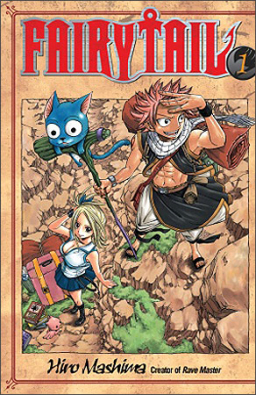
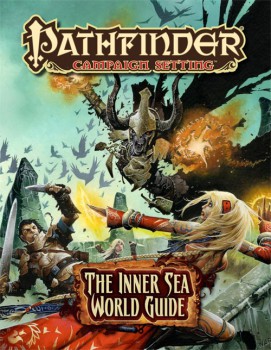
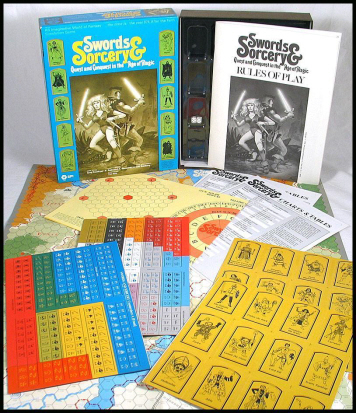
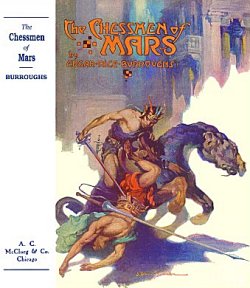 “The squares shall be contested to the death. Just are the laws of Manator! I have spoken.”
“The squares shall be contested to the death. Just are the laws of Manator! I have spoken.”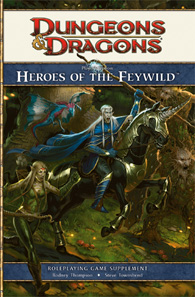 Player’s Option: Heroes of the Feywild
Player’s Option: Heroes of the Feywild 
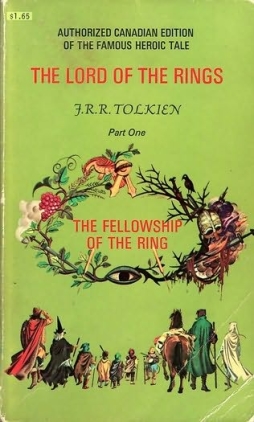 What follows may well be total coincidence.
What follows may well be total coincidence.